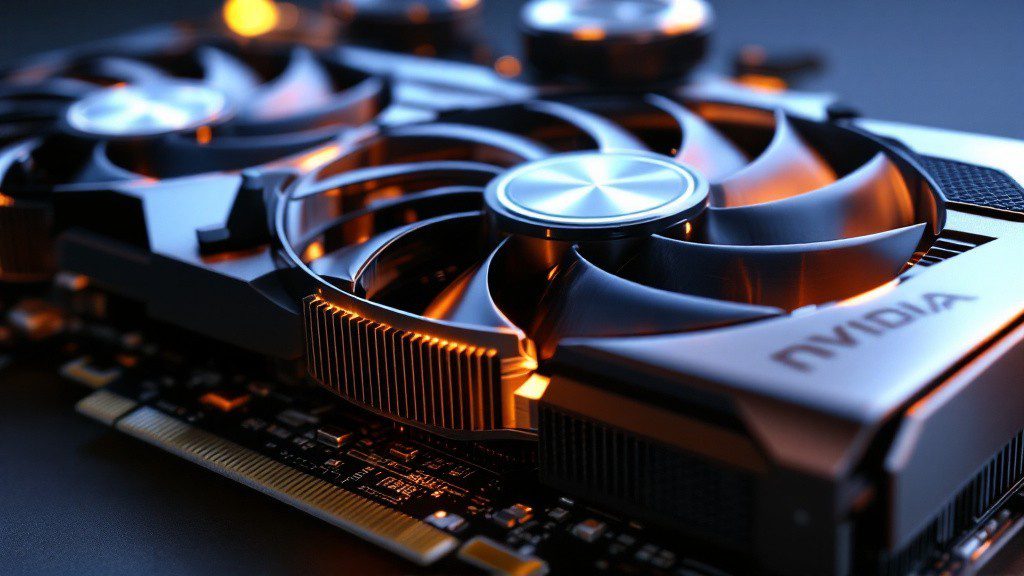CoreWeave, a leading provider of Nvidia GPU cloud services, has sparked investor concerns ahead of its IPO with its massive inventory of 250,000 Nvidia graphics processing units (GPUs). The company’s business model, which allows developers to rent GPU computing power hourly, faces scrutiny over its heavy reliance on a single supplier and substantial debt load.
The company’s recent Nasdaq debut highlighted concerns about investor sentiment, with shares opening at $39, below the $40 IPO price. The stock experienced a decline of about 5%, reaching a low of $38.10 before recovering slightly to close at $40. This volatile performance underscores investor uncertainty about CoreWeave’s financial structure and market positioning.
At the heart of investor apprehension lies CoreWeave’s billions in GPU-collateralized debt, raising questions about the company’s financial stability. The concentration of suppliers, predominantly Nvidia, presents a significant risk factor for the company’s operations and future growth prospects.
Industry experts have expressed mixed views on CoreWeave’s market position. Umesh Padval, managing director of Thomvest, predicts a decline in GPU computing prices over the next 12-18 months as supply improves, potentially impacting CoreWeave’s revenue model. The company currently derives over 70% of its revenue from hyperscalers, though this concentration is expected to decrease as the client base diversifies.
Karl Mozurkewich, principal architect at cloud firm Valdi, frames CoreWeave’s IPO as a crucial test for the emerging neocloud sector. The company’s performance could influence whether other firms adopt similar GPU-cloud models and shape Nvidia’s approach to supporting such ventures with early hardware access.
The broader implications extend beyond CoreWeave’s immediate future. As artificial intelligence workloads continue to grow, the company’s ability to maintain competitive pricing while managing its debt obligations will be crucial. The success or failure of CoreWeave’s model could set precedents for how cloud computing services evolve in the AI era.
CoreWeave’s strategy of providing access to advanced AI computing infrastructure addresses a critical market need, allowing developers to leverage sophisticated AI models without substantial hardware investments. However, the company must navigate challenges including potential GPU obsolescence, market competition, and maintaining sustainable growth while managing its leveraged position.
As the AI infrastructure landscape continues to evolve, CoreWeave’s ability to diversify its customer base and adapt to changing market conditions will be critical. The company’s journey will likely serve as a bellwether for the viability of specialized cloud computing services in the expanding AI ecosystem.
Source: CNBC









